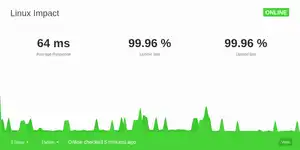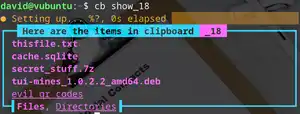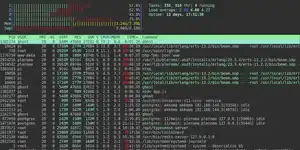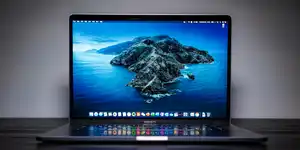
The best Linux System Monitors to help manage resources
When using any computer system, it’s wise to keep an eye on system resources and running tasks. This is doubly true with Linux. System monitors can be used through the terminal via command line, or through a dedicated GUI tool. Here are the best system monitoring tools available for Linux in 2022.
Top
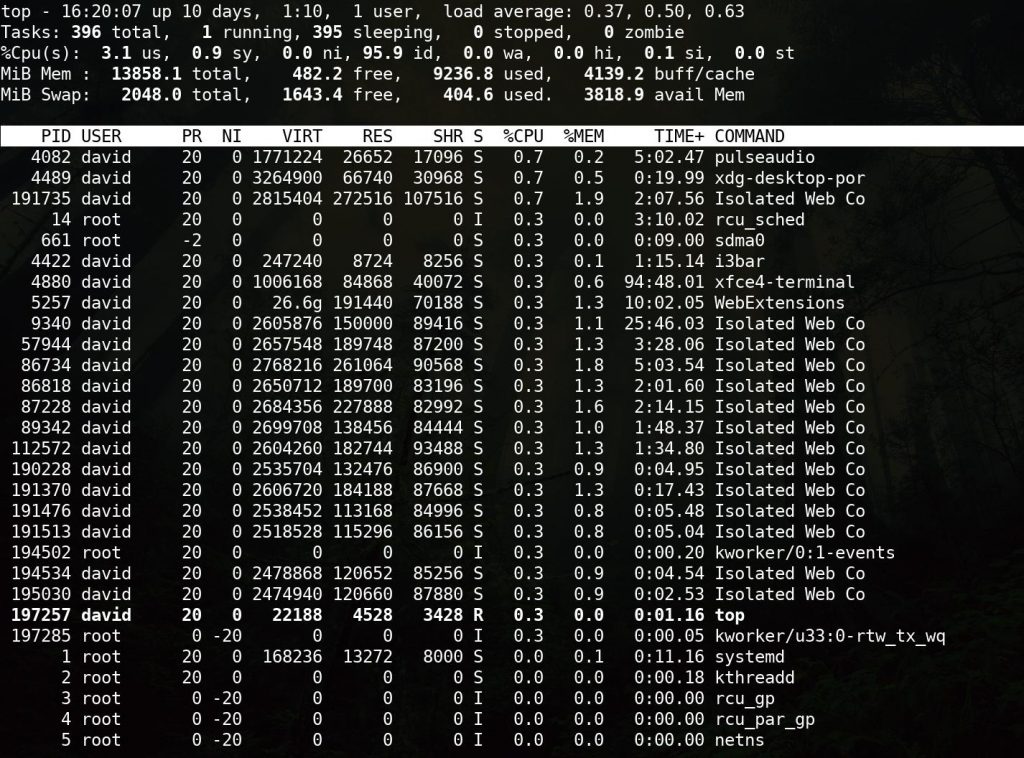
Top was originally a Unix utility, created in 1984 and comes installed by default on most Linux distros, and will give you a plain list of all running processes on your system, along with superbly useful information such as system uptime, CPU usage, memory available and in use, and of course, how many users are currently logged into the system.
The main advantages of Top are that it is both lightweight and pre-installed – meaning that if Top does the job you need it to, there is no need to add unnecessary software to your system.
Run Top by typing:
topinto a terminal.
Processes can be filtered by Process ID, user, or resource usage.
Htop
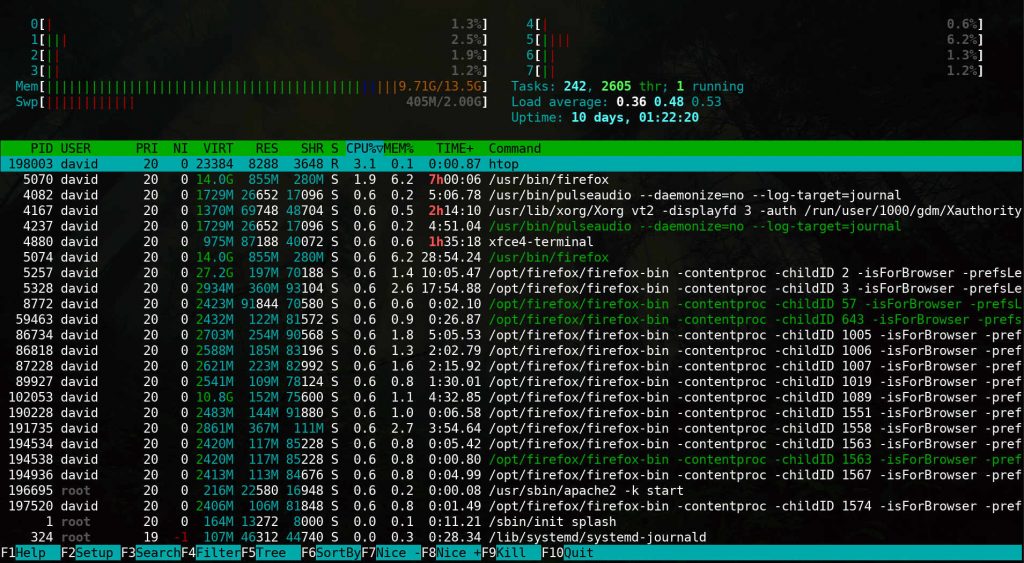
Htop is a more graphically appealing alternative to Top, which was created a full two decades after its more basic predecessor, and does not come pre-installed on many systems.
To install Htop on Debian based systems (including Ubuntu), type:
sudo apt install htopinto a terminal
Top install Htop on Arch based systems, including Manjaro, type:
sudo pacman -S htopHtop allows users to take in more information at a glance, and shows system memory and CPU usage as colorful bar graphs. Tasks can be filtered by name or process ID. To do this, press F4 and start typing the name or process ID.
Run Htop by typing:
htopinto a terminal
BTOP

Btop is the gold standard of Linux system monitors. It is even prettier than Htop and shows much more detail on CPU usage, memory, and even network usage. Finding and killing processes is easy, and a historic graph allows you to see how system resource usage varies over time.
Btop also comes with an elegant menu system through which you can tweak options including color scheme, refresh rate, vim keys, and other shortcuts.
To install Btop, simply download the Btop archive from the repository and unpack.
You can monitor system resources on Linux!
We have shown you how to install and use three command line system monitors for Linux, Use them to keep your Linux system free of memory hogs and CPU resource gobblers!





